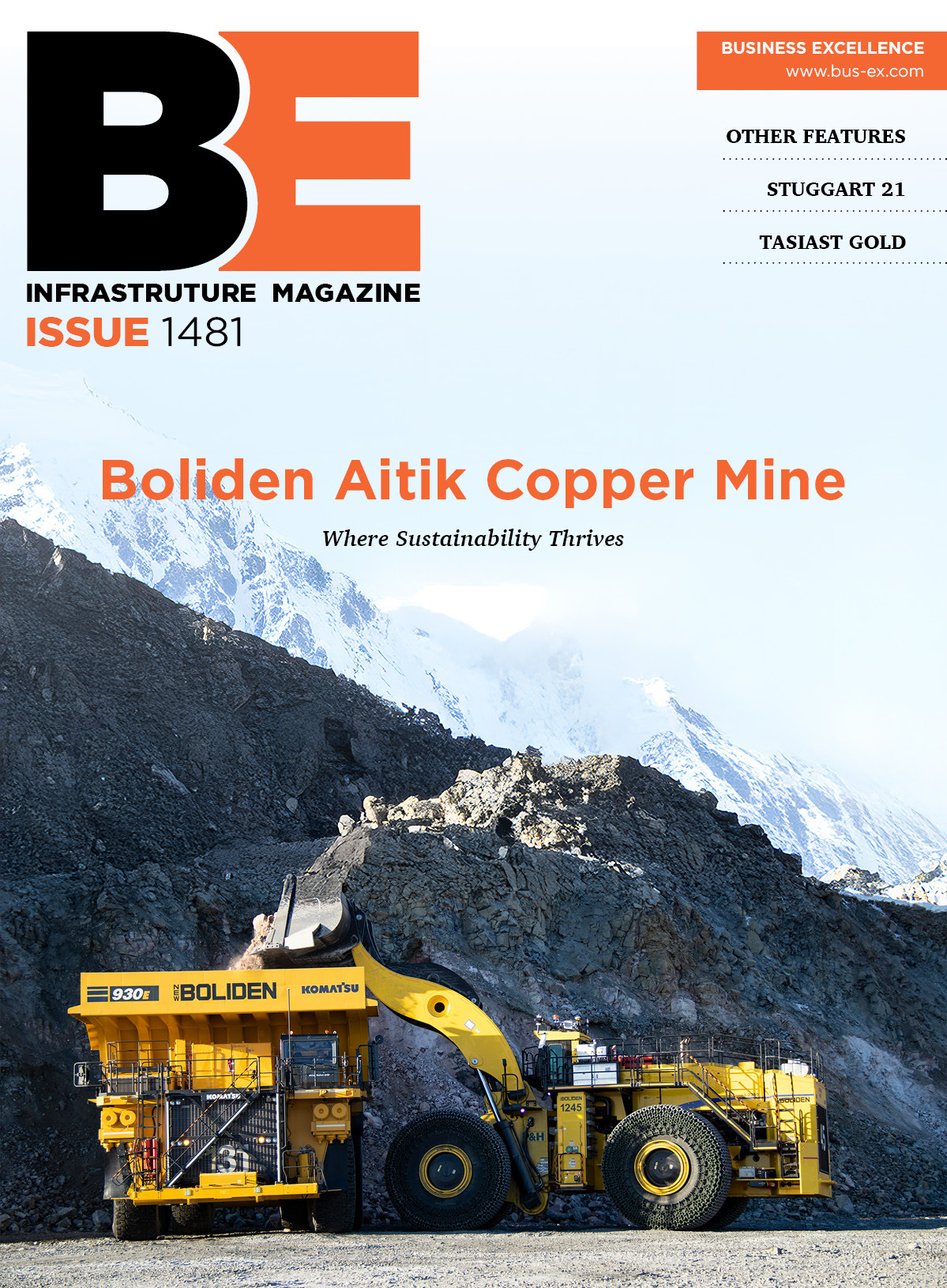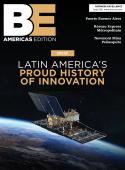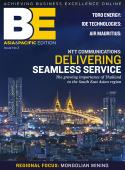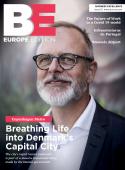The Art Gallery of AlbertaÔÇÖs New Vision expansion project includes a striking design and a host of sustainable elementsThe Art Gallery of Alberta conducted a global search and design competition before choosing Los Angeles-based Randall Stout Architects to design its expanded exhibition space, which it hopes will become a landmark in downtown Edmonton. StoutÔÇÖs winning designÔÇöinspired by the Northern Lights that can sometimes be seen from the areaÔÇöuses swirling steel on the exterior and is meant to be as much a work of art as the paintings, sculptures and other media inside. Building the structure has also been treated as an opportunity for pushing the envelope in various directions. The expanded 85,000-square-foot gallery is set to open in early 2010, with construction managers Ledcor Construction Ltd. racing to have work completed in time for exhibitions to begin in January. Ledcor is managing and building the $88 million project under a design-build contract, working with partners such as consulting electrical and mechanical engineers Stantec Consulting Ltd. and structural engineers from BPTEC-DNW Engineering Ltd. The $88 million project is being built with some 800 tons of 90 percent recycled steel. In addition, material from the demolition of the original, smaller gallery is being reused wherever possible and recycled otherwise. Ledcor was able to offer a fixed-price contract, which was appealing to the museum as it raised funds, and pre-purchased steel and other components to save money. It also involved a number of subcontractors early in the final design phase to seek additional savings opportunities.┬á Founded in 1924, the Art Gallery of AlbertaÔÇöknown as the Edmonton Gallery until recentlyÔÇöis the only museum in the province devoted solely to the exhibition and preservation of art and visual culture.The ongoing expansion will provide extensive storage space for art not currently on display, with the space able to be climate-controlled to a variety of levels to help preserve various types of artwork. The new building will nearly double exhibition spaces from 16,000 square feet to some 30,000 square feet, including a dedicated gallery space for the museumÔÇÖs 6,000-work permanent collection. It will also add an expanded education center, a 150-seat theater, larger restaurant and gallery shop spaces and spaces that can be rented for special events. Externally, the design is meant to become an icon, according to the museum, and one key internal element is a light-infused grand stairway where donorsÔÇÖ names will be engraved in glass. The expanded exhibition space will host local, Canadian, international and Aboriginal art and is meant to become an anchor for a larger revitalization of the cityÔÇÖs cultural precinct in and around Churchill Square. And because the space will meet modern codes and standards for environmental conditions, the museum will be able to attract the most sought-after traveling exhibitions, some of which may have bypassed the space before it was upgraded. Funding for the expanded gallery came from a variety of sources in both the private and public sectors, with the Canadian federal government providing $20 million, the Alberta provincial government another $27 million and the city $21 million to go with around $20 million in private donations, including a single anonymous gift of $1 million.┬á Ledcor, founded in 1947, has deep roots in the oil field region of Western Canada. The employee-owned companyÔÇÖs first project involved preparing the access road and well site for Imperial OilÔÇÖs first oil discovery and well in Leduc, Alberta. Today, Ledcor is taking a major role in the revitalization and growth of downtown Edmonton, having previously won the contract to build the downtown coreÔÇÖs first major office tower in decades. The firm has 13 other offices across North America and last year won the Canadian Construction AssociationÔÇÖs National Safety Award for the second time in the past decade. Other recent Ledcor of Canada projects of note include the Gulf Island Operation Headquarters in Sidney, British Columbia, the first LEED Platinum-certified office building in the country, which featured an ocean geothermal energy system, solar panels and a rainwater collection system. The company also helped build the River Cree Resort & Casino in Edmonton, a mixed-use project that includes a hotel, five theme restaurants, a casino and two National Hockey League regulation-sized indoor hockey rinks. Ledcor also leads the team building the Shangri-La tower in Vancouver, which at 646 feet will be that cityÔÇÖs tallest structure when completed and will seek to be awarded LEED Silver status. ÔÇô Editorial research by Mike Fretwell┬á









